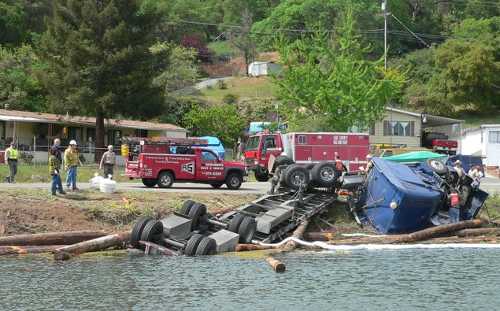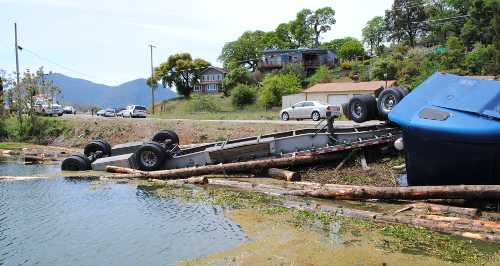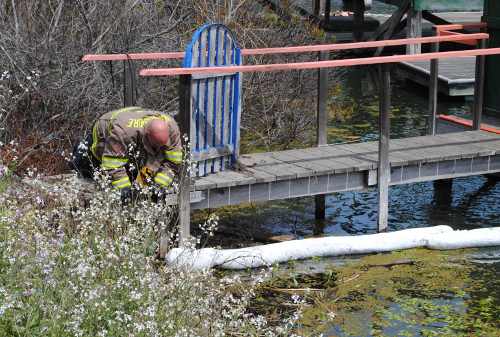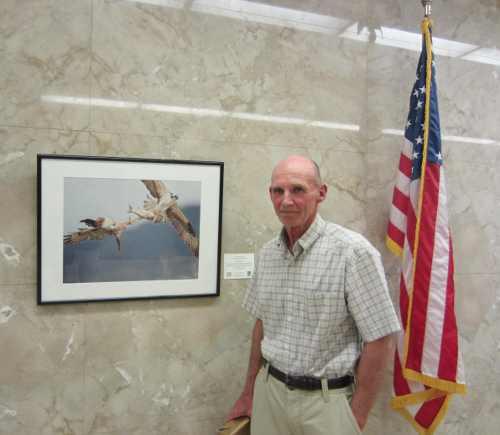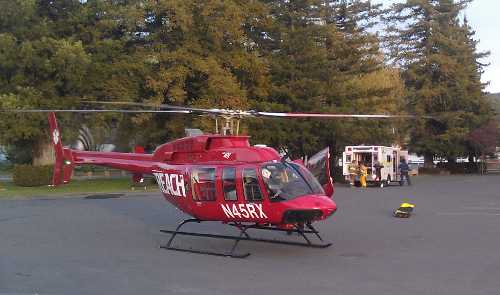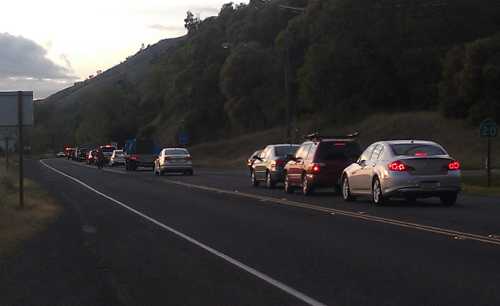- Karen C. Fox
- Posted On
Space News: Solar Dynamics Observatory highlights celebrated on its second anniversary
In April of 2010, NASA's Solar Dynamics Observatory (SDO) released its first images, an event known for any telescope as "first light."
Since then SDO has continually observed the ever-changing sun on quiet days and explosive ones: there have been more than 1000 solar outbursts since SDO sent back its first pictures of the sun, including flares, coronal mass ejections (CMEs), and the release of energetic particles that can be flung to the farthest reaches of the solar system.
Here we describe some of the highlights of SDO science and observations during its second year.
SDO launched on February 11, 2010. It carried three instruments to support its mission to understand the complex magnetic motions inside the sun that can cause what's known as "active regions" to emerge on the surface.
These, in turn, lead to a slough of different kinds of eruptions: from giant magnetic loops to whirling tornados of solar material to the most intense of solar flares.
Ultimately research aided by these breakthrough observations may lead to advance warning of such activity, some of which can send radiation, particles, and magnetic fields toward Earth and sometimes damage technology in Earth's atmosphere.
The Atmospheric Imaging Assembly
The Atmospheric Imaging Assembly, or AIA, captures images every twelve seconds of the full disk of the sun in 10 different visible and ultraviolet wavelengths.
These pictures provide incredibly high resolution at an unprecedented time rate, making it possible to systematically track any given event through its entire evolution.
Over the last year, AIA has offered stunning images to the public of solar material dancing up into the sun's atmosphere, of intense bursts of light from X-class solar flares, and of active regions as they merge and grow.
The beauty of such images is just the tip of the iceberg, however. By looking at these pictures in different wavelengths – each wavelength corresponds to a swath of solar material at a different temperature – scientists can better map how these events fit in to the sun-Earth system as a whole, from initiation to their ultimate effects.
Scientists made strides over the course of the last year mapping out various aspects of the sun's constantly changing magnetic field. For one thing, AIA's ability to look at the full disk of sun showed magnetic couplings between solar flares and coronal mass ejections spaced at great distances around the sun, suggesting that one such eruption may initiate others even far away.
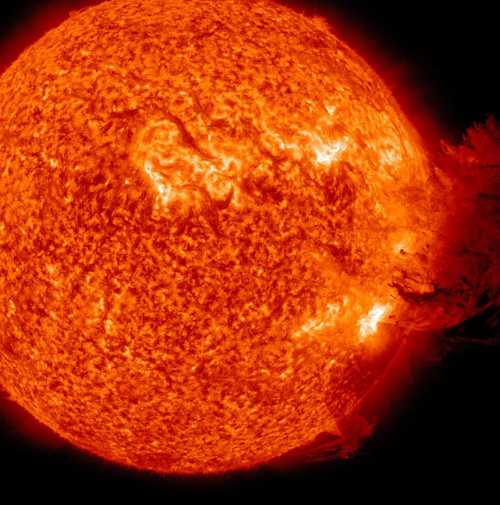
AIA also spotted long-hypothesized, but never before detected, magnetic field ripples in the sun's atmosphere called Alfvén waves.
Although Alfvén waves have been seen in many systems in the solar system, the research shows that the waves in the sun's atmosphere carry more energy than previously thought, and possibly enough to drive two solar phenomena whose causes remain points of debate: the intense heating of the corona to some 200 times hotter than the sun's surface and solar winds that blast up to 1.5 million miles per hour.
AIA also had another first in 2011: it observed a comet's last moments as it evaporated into nothing while flying too close to the sun. Comets often die this way, but have never before been seen up against the backdrop of the sun.
Watching the death throes offered the scientists a chance to measure the mass of the comet, something that cannot usually be determined from afar.
Before its final death throes, in the last 20 minutes of the SDO movie, the comet was about 100 million pounds and had a glowing tail some 10,000 miles long, while traveling about 400 miles per second.
Scientists are in the process of determining what about this comet's composition allowed it to be visible.
The Extreme Ultraviolet Variability Experiment
The Extreme Ultraviolet Variability Experiment (EVE) measures the total output of extreme ultraviolet light from the sun at any given time.
This provides most of the energy to heat Earth's thermosphere and to create the electrified portion of Earth's upper atmosphere called the ionosphere.
EVE also offers views of the sun in a range of light that has not been as consistently measured as x-ray radiation – the wavelength in which scientists often observe solar flares.
Analysis of EVE data from 200 solar flares showed that about one in six of the flares have a distinct "late phase flare" that could not be seen in the x-ray measurements, so had never before been fully observed.
This late phase flare appeared some minutes to hours later and pumps much more energy out into space than previously realized, which means earlier analyses may have been underestimating the amount of energy shooting into Earth's atmosphere by as much as 70 percent.
EVE's high sensitivity has also provided an unexpected bonus: it can record Doppler shifts in the light waves coming from erupting flares and hitting its sensors.
Such Doppler shifts are created when light is emitted from a moving object, so they can be used to provide new insight about the speed of the solar material as it is accelerated during the eruption.
The Helioseismic and Magnetic Imager
The Helioseismic and Magnetic Imager (HMI) measures the strength and direction of the magnetic fields across the entire visible surface of the sun.
To do this from afar, the instrument relies on observing and interpreting the way light from the sun is affected as it travels through the fields along its journey to the HMI camera.
A phenomenon known as the Zeeman effect splits light into different wavelengths based on the magnetic field strength and polarizes light based on the magnetic field direction. HMI uses these observations to produce images known as vector magnetograms that show the strength and direction of the solar magnetic fields.
Producing magnetograms at HMI's high resolution required developing new computer processing techniques to interpret subtle details about the magnetic field – and these were ready for testing in early December 2011.
The HMI team's first release of vector magnetogram data was of one specific area of the sun, named Active Region 11158, which on Feb. 15, 2011 produced the first X-class flare of the current solar cycle.
These HMI observations watched the active region as it crossed the face of the sun from Feb. 12-16, 2011, and did something never before possible: show the energy building up in the twisting sunspots over several days before the solar flare eruption.
The magnetogram movies show the details of the flow near the swirling sunspots and a sudden change in the horizontal field at the time of the flare.
SDO is the first mission in a NASA science program called Living With a Star, the goal of which is to develop the scientific understanding necessary to address those aspects of the sun-Earth system that directly affect our lives and society.
NASA’s Goddard Space Flight Center in Greenbelt, Md. built, operates, and manages the SDO spacecraft for NASA's Science Mission Directorate in Washington, DC.
For more information about NASA's SDO spacecraft visit http://www.nasa.gov/sdo .
Karen C. Fox works for NASA’s Goddard Space Flight Center.

 How to resolve AdBlock issue?
How to resolve AdBlock issue? 
